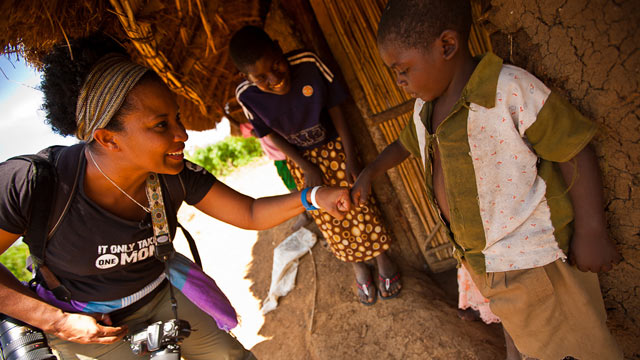



She spent her childhood on the family estate in Rungsted. She was the daughter of Ingeborg Westenholz Dinesen, and the writer and army officer Wilhelm Dinesen, whose adventuresome spirit and storytelling talents influenced deeply Blixen's imagination. She wrote in English and in Danish.īaroness Karen Blixen was born in Rungsted, Denmark, into a well-to-do patrician family. She drew her inspiration from the Bible, the Arabian Nights, the works of Homer, the Icelandic Sagas, and the fairy tales of Hans Christian Andersen, who was her great fellow countryman. Karen Christentze Dinesen, Baroness Blixen-Finecke - wrote as Isak Dinesen, Pierre Andrézel, other pseudonyms: Tania Blixen, Osceola, etc.Ī Danish writer, who mixed in her work supernatural elements, aestheticism, and erotic undertones with an aristocratic view of life, Blixen always emphasized that she was a storyteller in the traditional, oral sense of the word. Out of Africa is considered her masterpiece. She wrote poems, plays, and stories from an early age, including Seven Gothic Tales, Winter's Tales, Last Tales, Anecdotes of Destiny, Shadows on the Grass and Ehrengard.

Isak Dinesen (1885–1962) was born Karen Christence Dinesen in Rungsted, Denmark. I told stories constantly to them, all kinds." Her account of her African adventures, written after she had lost her beloved farm and returned to Denmark, is that of a master storyteller, a woman whom John Updike called "one of the most picturesque and flamboyant literary personalities of the century." She had come to Kenya from Denmark with her husband, and when they separated she stayed on to manage the farm by herself, visited frequently by her lover, the big-game hunter Denys Finch-Hatton, for whom she would make up stories "like Scheherazade." In Africa, "I learned how to tell tales," she recalled many years later. Out of Africa is Isak Dinesen's memoir of her years in Africa, from 1914 to 1931, on a four-thousand-acre coffee plantation in the hills near Nairobi.


 0 kommentar(er)
0 kommentar(er)
